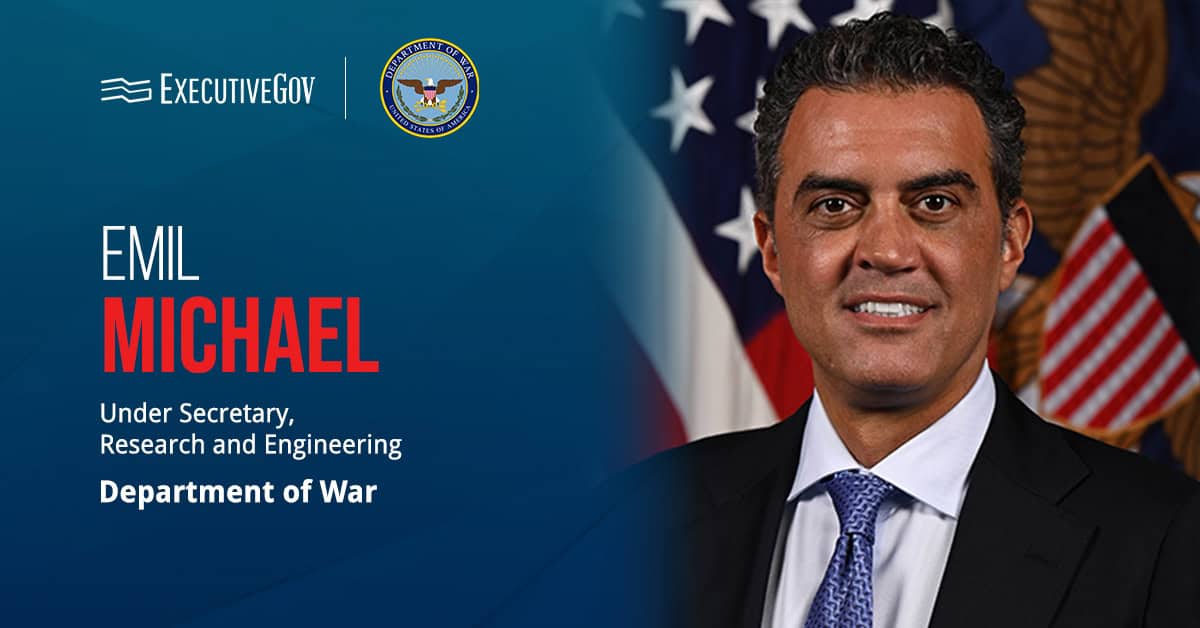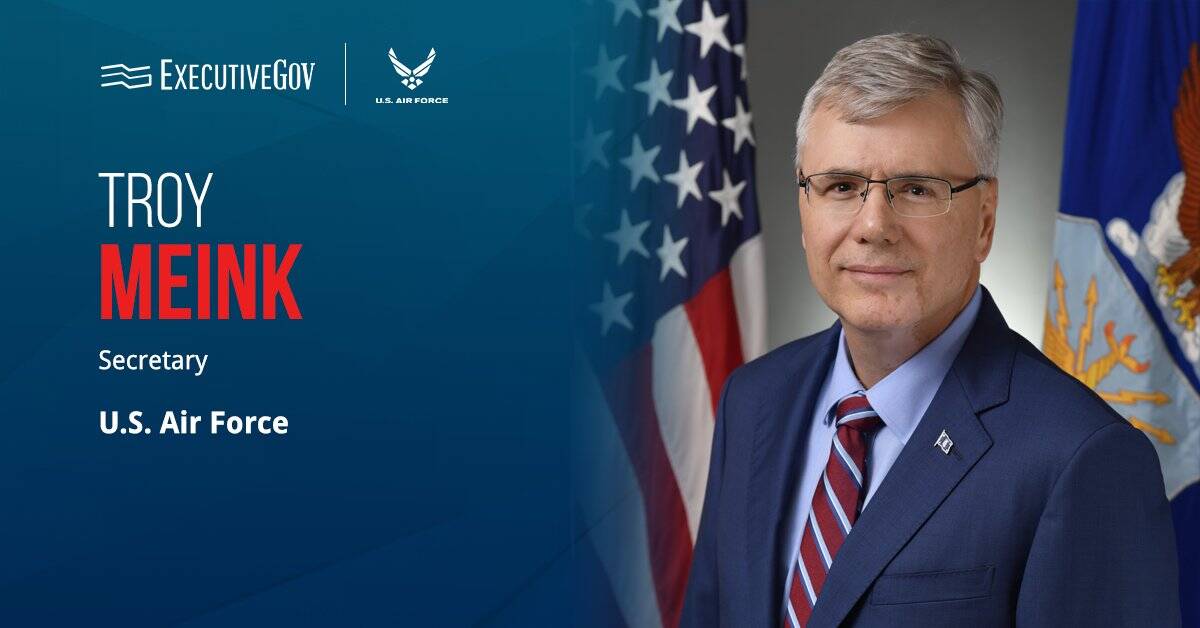 The Treasury Department‘s inspector general for tax administration calls for the Internal Revenue Service to reform its processes for tax return filing and tax account access authentication to mitigate potential data breaches.
The Treasury Department‘s inspector general for tax administration calls for the Internal Revenue Service to reform its processes for tax return filing and tax account access authentication to mitigate potential data breaches.TIGTA said in a report issued Nov. 19 that the deputy commissioner for services and enforcement should implement an oversight strategy to monitor authentication needs and risk levels.
The processes should also comply with government information security standards to protect tax information and prevent identity theft, the report added.
TIGTA noted that its recommendations work to address challenges as taxpayers increasingly use electronic products and services to file their tax returns and access their tax accounts.





